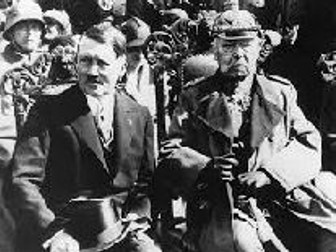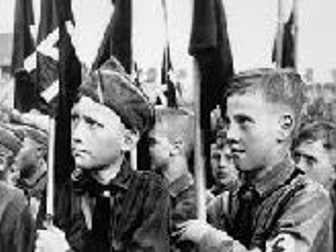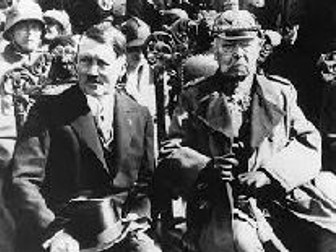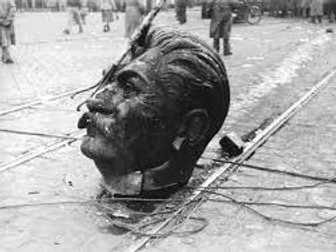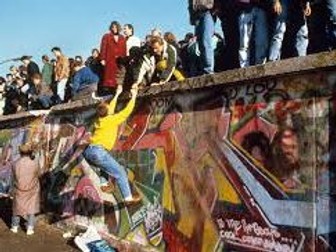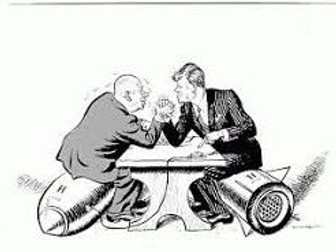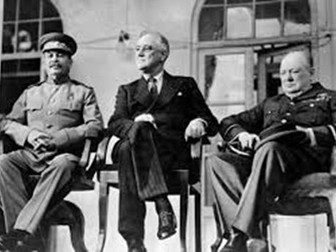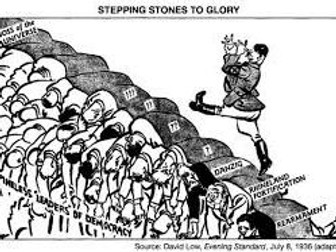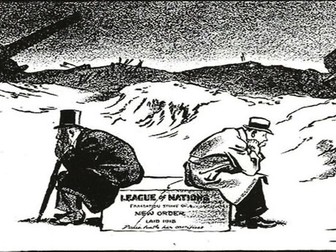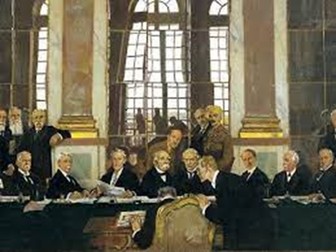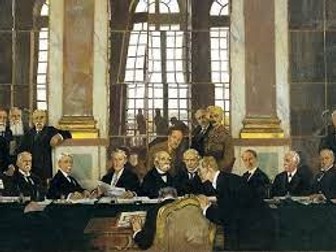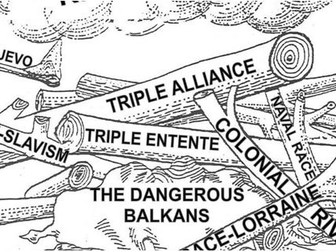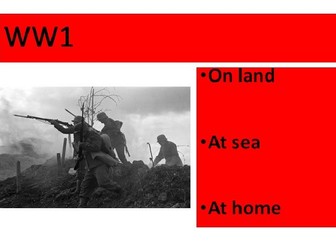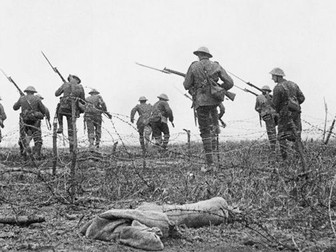Weimar Germany
<p>A wide-ranging collection of 8 purposeful lessons covering Weimar Germany. They include PowerPoints and supportive materials. These lessons enable all students to maximise their potential by raising key questions and presenting focused thought-provoking exercises. They will also enable students to develop a range of essential skills.</p>
<ol>
<li>Weimar Germany 1919-22 – What should be a fun exercise that serves as a review of the work covered on the early chaotic years of Weimar Germany.</li>
<li>The Spartacists and Kapp – An exercise to get students thinking about how to assess the threat to Weimar posed by these uprisings and to consider how to use the work of historians.</li>
<li>1923 – Groups will produce an article and a poster that demonstrate the way the German Right reacted to the events of 1923.</li>
<li>Hitler’s Trial – An interesting exercise in which your students will build a case for the prosecution in Hitler’s trial following the failed Munich Beer Hall Putsch</li>
<li>The Republic post-1933 - An exercise developing writing skills as well as raising some useful discussion points.</li>
<li>Weimar’s Golden Years – An exercise that encourages students to consider different perspectives and allows those with a flair for other subjects to make use of that.</li>
<li>Conclusions to Weimar - An exercise designed with a potential question © in mind. The prompts provided will take your students through the journey that Weimar had experienced.</li>
</ol>

